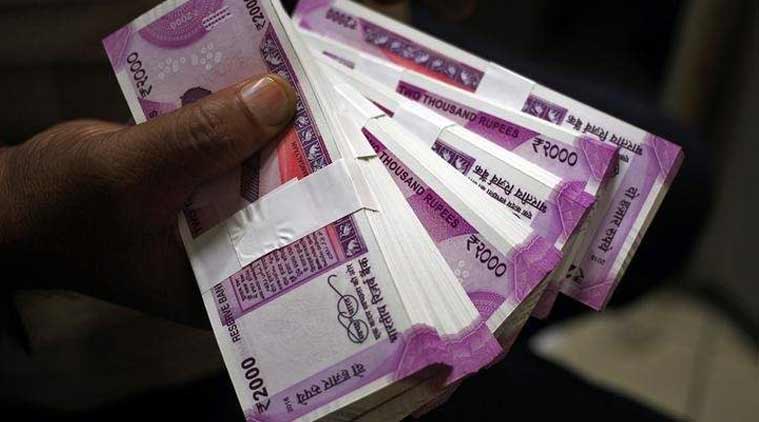Liquidity crunch to intensify: NBFCs face redemptions of up to Rs 1 lakh crore in November-March
Unlike banks, NBFCs do not have access to low-cost public deposits and have to heavily rely upon commercial paper and commercial debt markets.
 Firms find it tough to roll-over obligations at attractive rates in current scenario.
Firms find it tough to roll-over obligations at attractive rates in current scenario.
The liquidity squeeze for non-banking financial companies (NBFCs) is set to intensify in the next few months with an estimated Rs 80,000-100,000 crore of their debt papers coming up for redemption between November and March, industry and government sources said. Even as the government and the Reserve Bank of India have taken certain measures to open liquidity taps, sources said deteriorating condition in the financial markets have made it difficult for several NBFCs to roll-over their existing obligations at attractive rates.
Unlike banks, NBFCs do not have access to low-cost public deposits and have to heavily rely upon commercial paper and commercial debt markets. The continuing defaults by Infrastructure Leasing & Financial Services (IL&FS) group on its debt obligations have jolted the debt raising plans of many NBFCs. While top-rated companies are able to raise debt, funding taps for lower-rated NBFCs have either turned dry or the interest costs have gone up sharply.
“We expect major redemption pressure in the months of January and February. The finance ministry is working to the RBI ensure that enough liquidity is available and this issue is contained,” a senior government official said, asking not to be named. The State Bank of India last week offered to provide some relief to NBFCs with its proposal to buy their good quality assets worth Rs 45,000 crore. But top officials with NBFCs say that this is not a durable solution and it will strain their books since they will lose interest income on some of the best assets that they own. “Though this move is beneficial in the short-term as it will provide some liquidity, it will hurt our profitability in the medium run as we may lose on our best assets that are revenue generating,” he said.
The head of a leading financial services company that runs NBFC and a housing finance company said that there are issues in the market and certain players may come under stress. “My company has sufficient liquid assets to more than take care of upcoming redemptions, however, certain players who do not have enough liquid assets may find it tough to meet their obligations and hence a solution must be arrived at to resolve the liquidity crisis,” he said.
Adding that his company is one of the few to have AAA rating from Crisil, he pointed, “The rating agencies are doing stringent due diligence and recently they visited our office and checked all the liquid assets we have with mutual funds among others,” he said.
The National Housing Bank also stepped up its refinance facility by Rs 6,000 crore to ease the fund crunch at HFCs and other institutions and has increased its refinance limit to Rs 30,000 crore from Rs 24,000 crore for this year (July 2018 to June 2019). The RBI eased banks exposure norms for NBFCs. However, these measures are not helping much since mutual funds, the largest buyers of NBFCs’ debt papers, have turned risk averse post the IL&FS fiasco.
On October 15, the National Company Law Appellate Tribunal (NCLAT) stayed all proceedings by lenders or companies against the debt-lIL&FS and its 348 group companies in any court of law or tribunal, granting a 90-day moratorium as demanded by the government in the case IL&FS. The NCLAT said its decision was taken after “taking into consideration the nature of the case, larger public interest and economy of the nation and interest of the Company and 348 group companies” in mind.
However, the inability of creditors in being able to take any legal recourse to get back their loans have created a distrust in the financial markets, stoking further uncertainty in lending to NBFCs, which face similar risk, sources said.





- 01
- 02
- 03
- 04
- 05


























